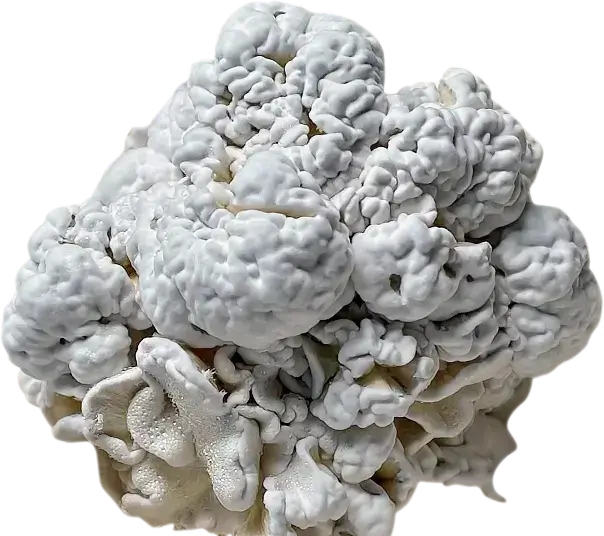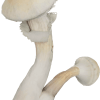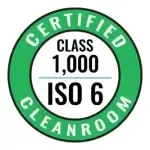The Enigma Mushroom: A Cultivator's Guide
The Enigma mushroom is a captivating anomaly in the world of mycology. Known for its brain-like formations and unique characteristics, this Psilocybe cubensis mutation challenges traditional cultivation techniques. Here's an in-depth guide to understanding and cultivating this remarkable mushroom.
Unique Features of the Enigma Mushroom
- Non-Sporulating Nature: Unlike most mushrooms, Enigma doesn't produce spores, requiring tissue cloning for propagation.
- Dense, Brain-Like Growth: A striking appearance resulting from genetic mutations.
- High Psilocybin Content: Renowned for its potency, attracting interest in both research and recreational fields.
Cultivation Process
Growth Stages
- Tissue Inoculation: Initiates growth, bypassing the typical spore germination process.
- Mycelium Colonization: Spread across the substrate, forming blob-like mutations.
- Fruiting Conditions: Environmental adjustments, such as consistent humidity (85–90%) and temperature (21–24°C/70–75°F), promote optimal growth.
Environmental Management
- Humidity: Maintain between 85–90%.
- Temperature: Stable at 21–24°C (70–75°F).
- Light Exposure: Minimal and indirect to support healthy development.
Harvesting Enigma Mushrooms
Timing the Harvest
- Structural Maturity: Harvest when formations are dense and firm.
- Potency Testing: Small samples can confirm peak chemical composition.
- Color Indicators: Vibrant hues signify readiness.
Step-by-Step Harvesting
- Preparation:
- Use sterile gloves and a sharp knife/scalpel.
- Gather airtight containers for storage.
- Cutting:
- Slice at the base carefully to preserve the mycelium.
- Storage:
- Store in airtight containers with controlled temperatures (21–24°C) and low light.
Post-Harvest Handling
Cleaning and Sorting
- Gently clean mushrooms with a soft brush.
- Sort by size and firmness, discarding any damaged specimens.
Storage
- Use airtight containers to maintain moisture levels.
- Store in a cool, dry, and low-light environment to preserve potency.
Troubleshooting Common Challenges
Contamination
- Sterilize tools and maintain strict hygiene protocols.
- Monitor environmental conditions to prevent bacterial or mold growth.
Growth Stagnation
- Reassess temperature, humidity, and substrate hydration.
- Adjust light exposure to ensure optimal conditions.
Tips for a Successful Yield
- Consistent Monitoring: Maintain stable environmental conditions for high-quality growth.
- Precision Harvesting: Handle with care to preserve structural integrity.
- Sterile Practices: Prevent contamination with proper tools and hygiene.
- Effective Storage: Ensure freshness and potency with controlled storage techniques.
Ready to start your Enigma cultivation journey? Get your Enigma mushroom syringes here.
Frequently Asked Questions
Conclusion
Cultivating Enigma mushrooms is both an art and a science. Their unique traits require precision, dedication, and a thorough understanding of their needs. By adhering to best practices in growth, harvest, and post-harvest care, you can unlock their full potential and enjoy the rewards of cultivating this fascinating species.






